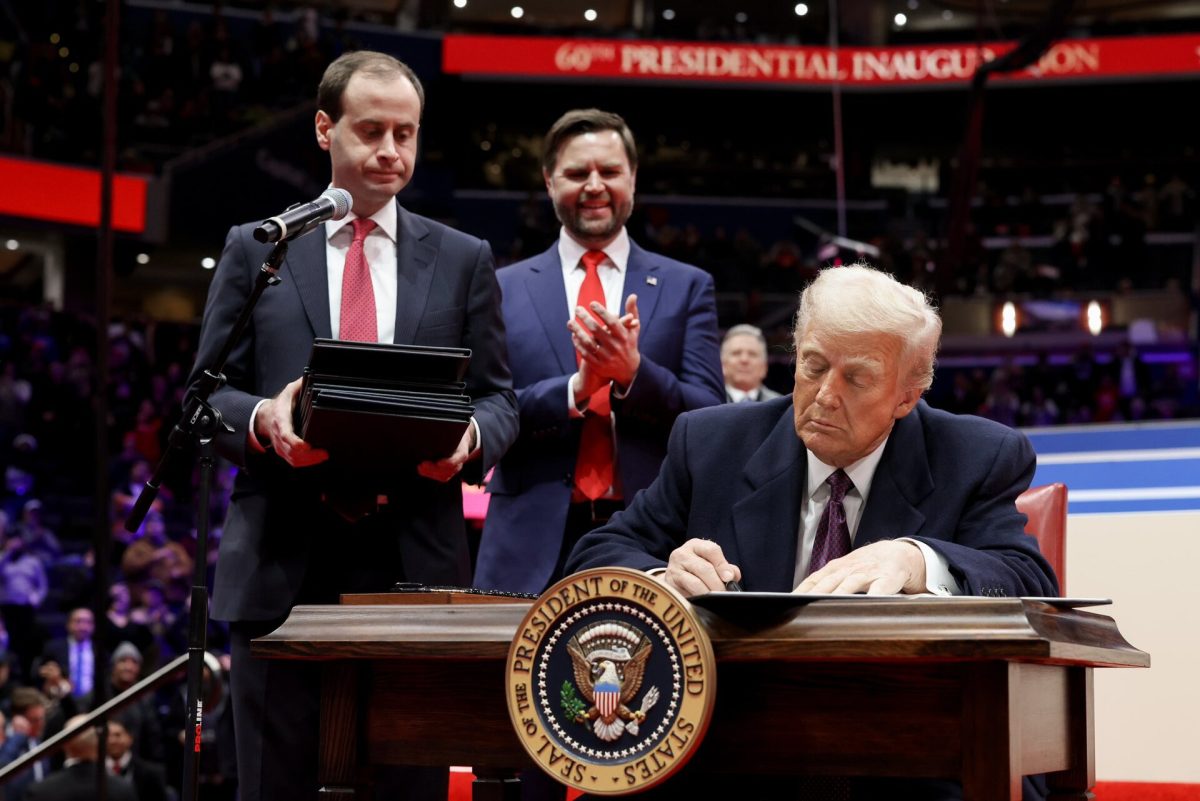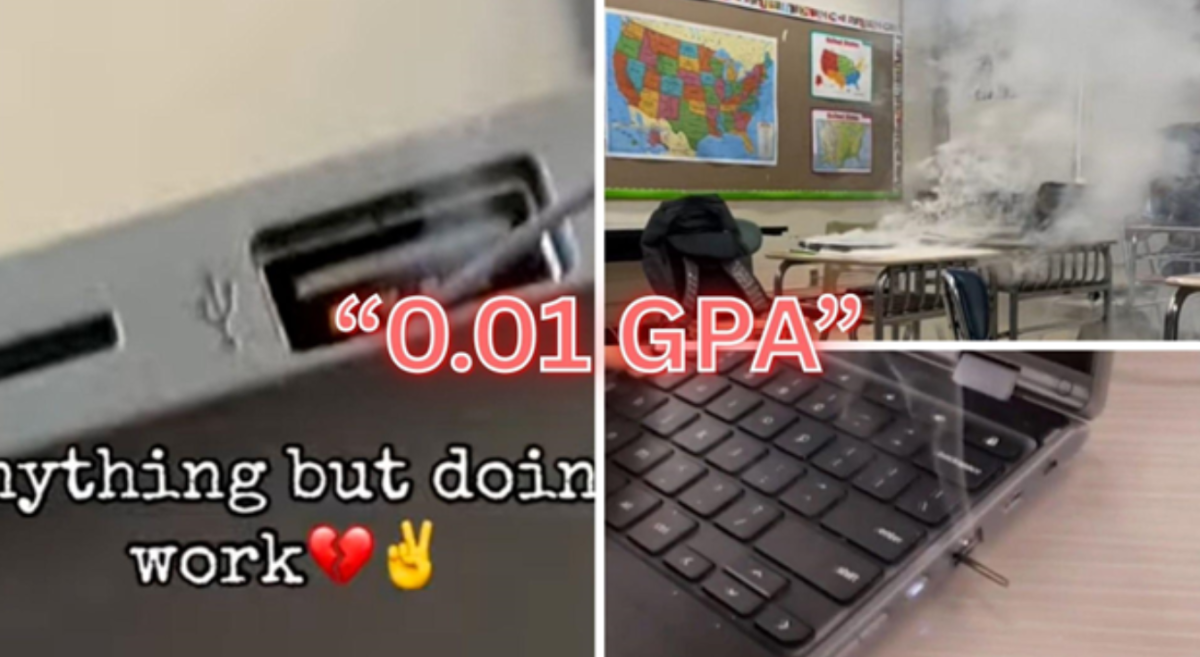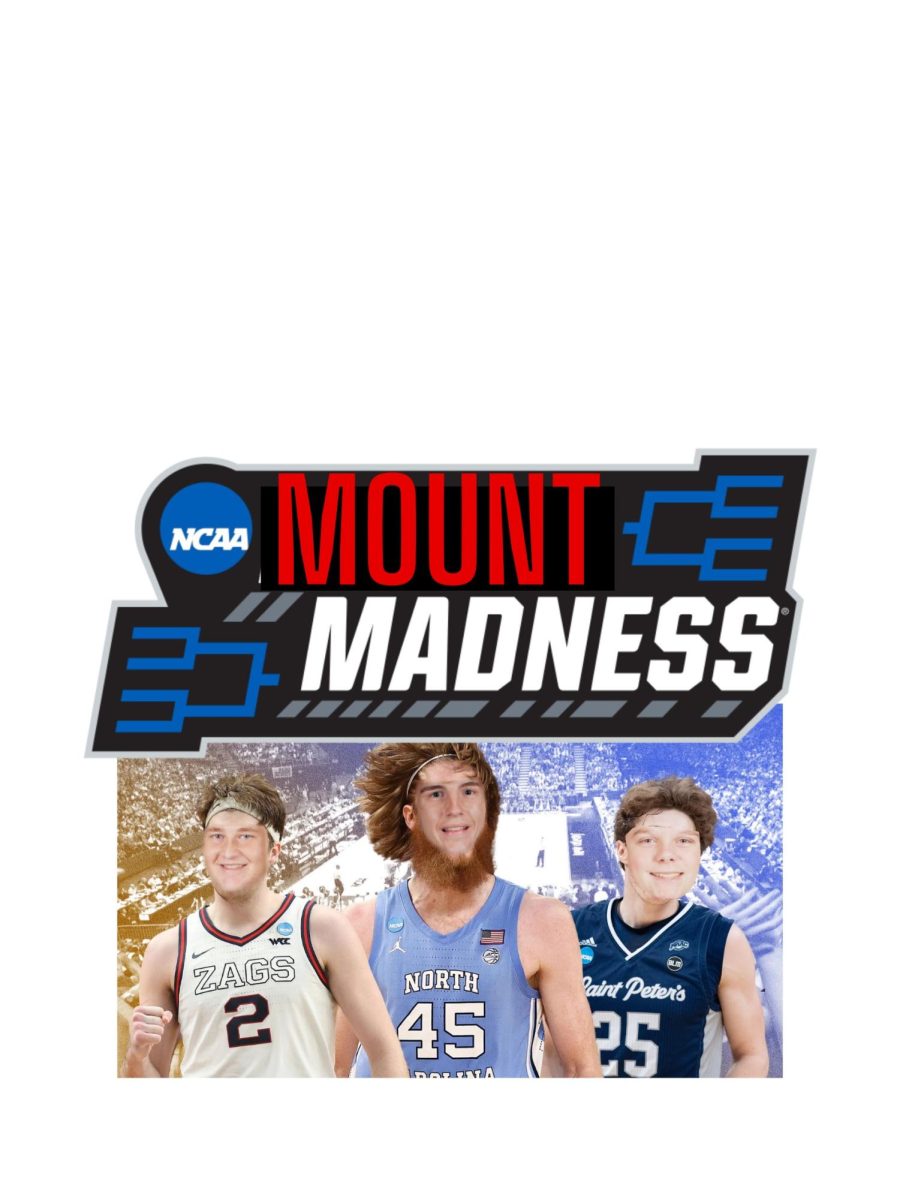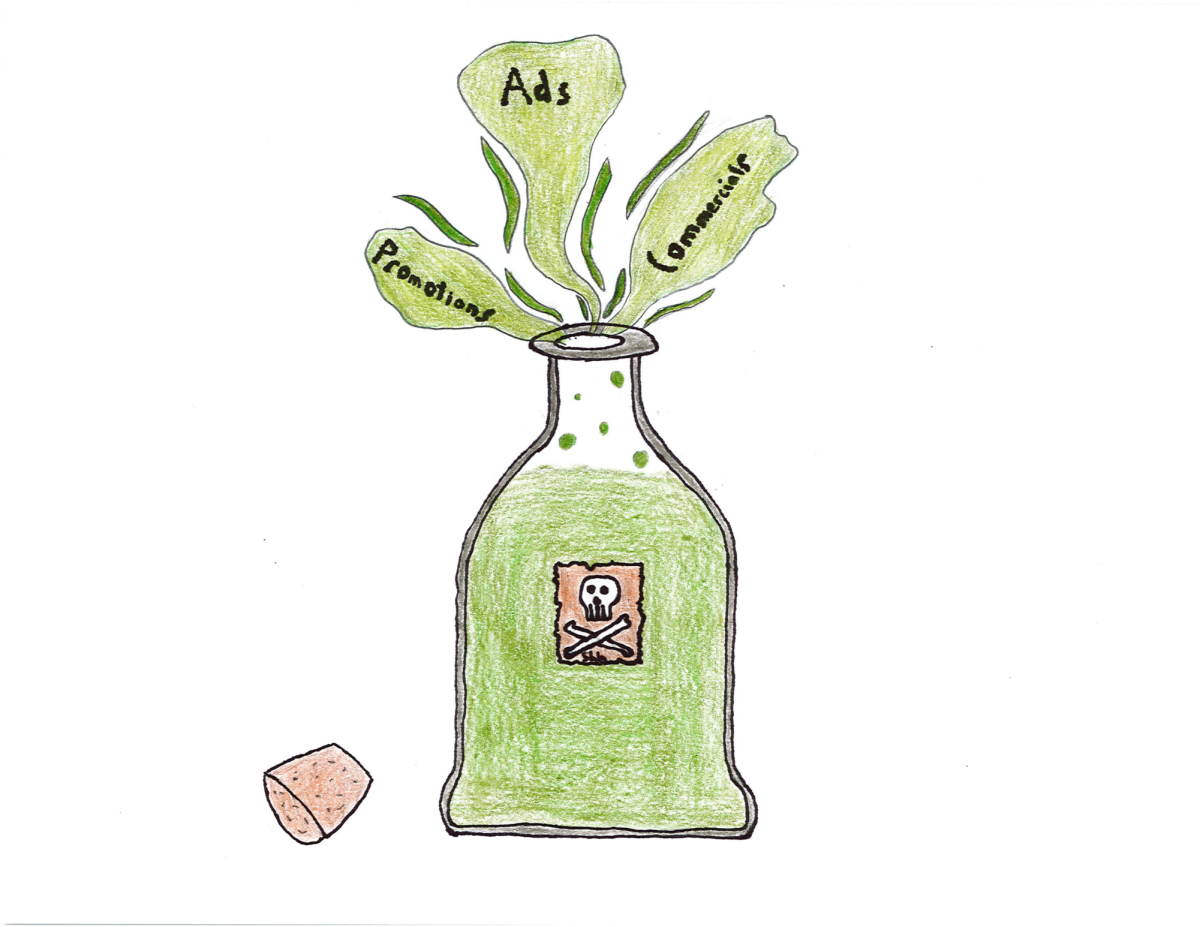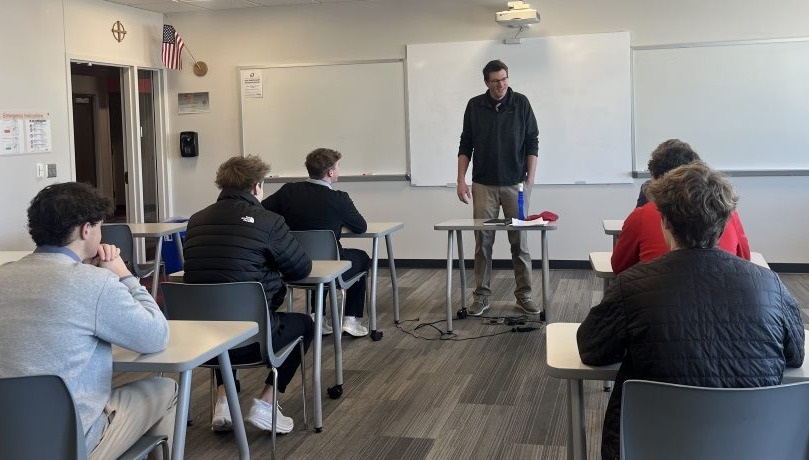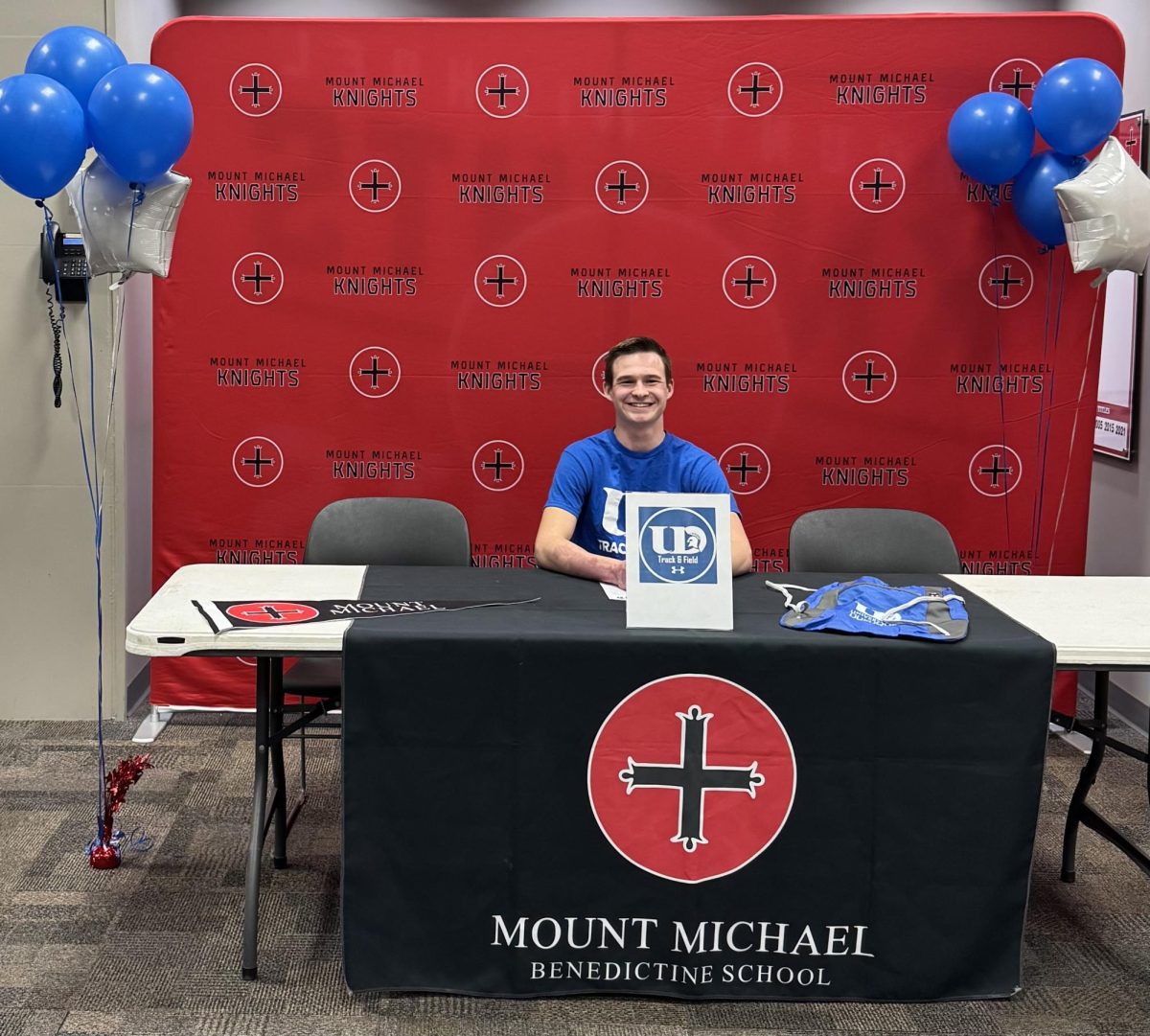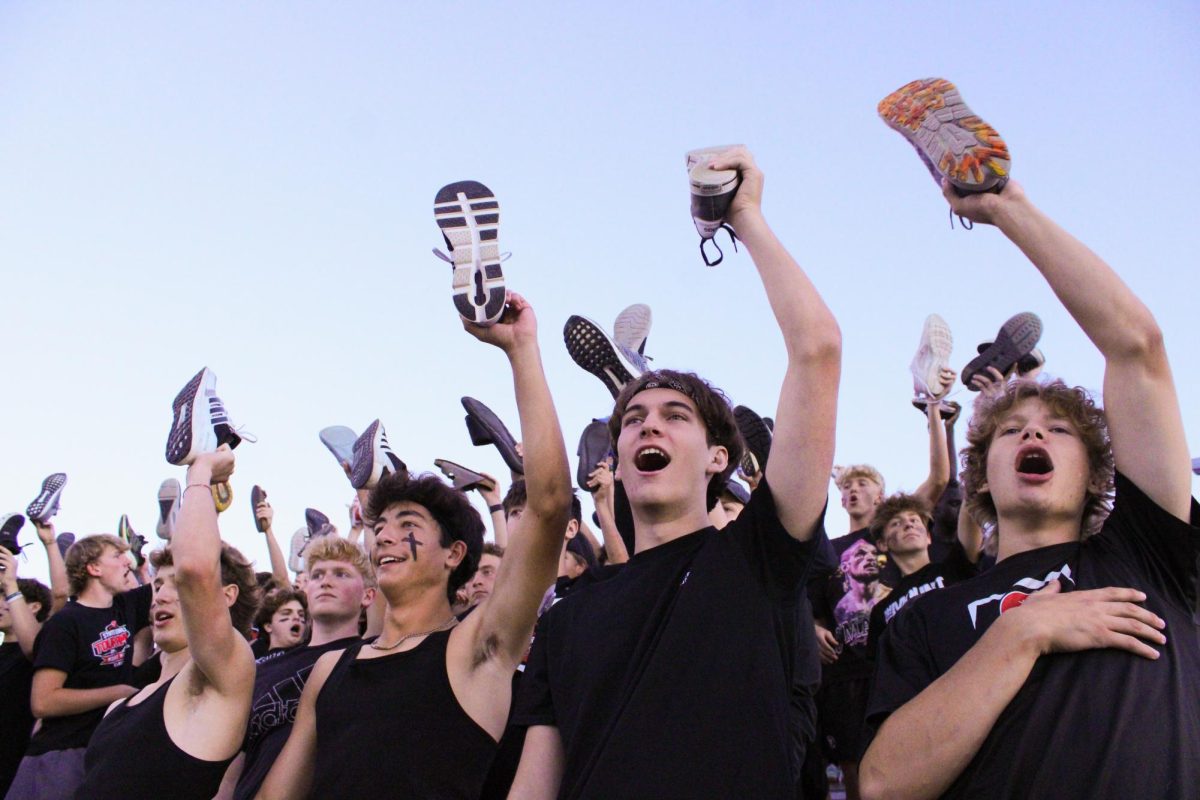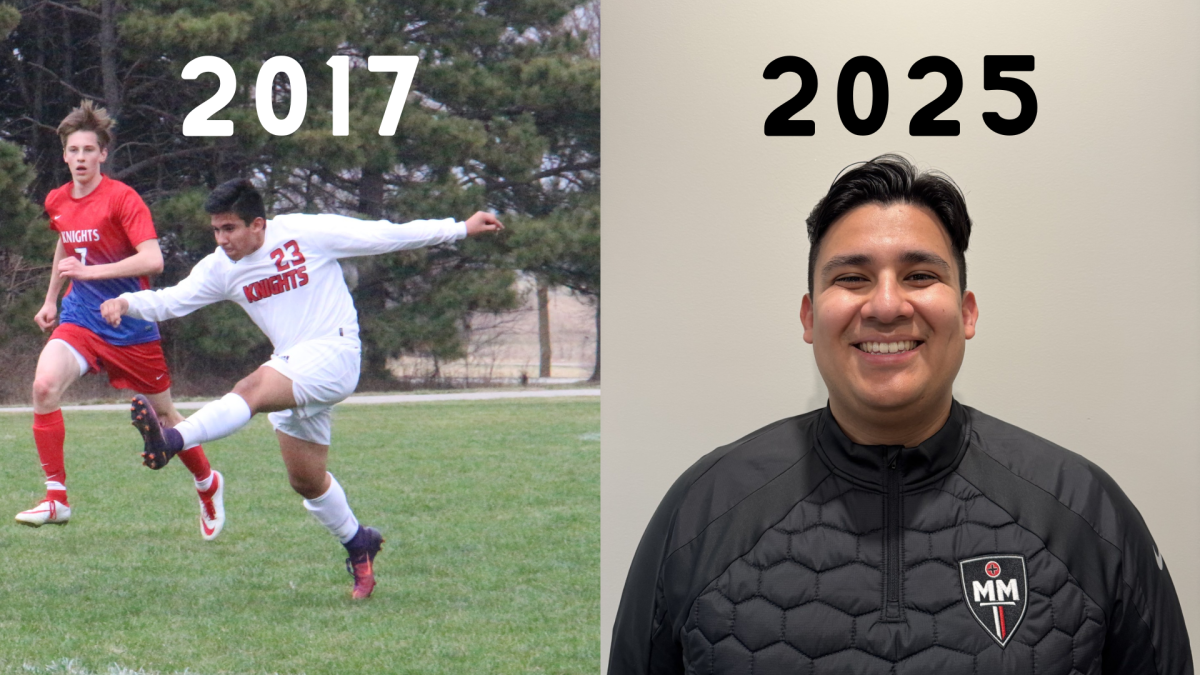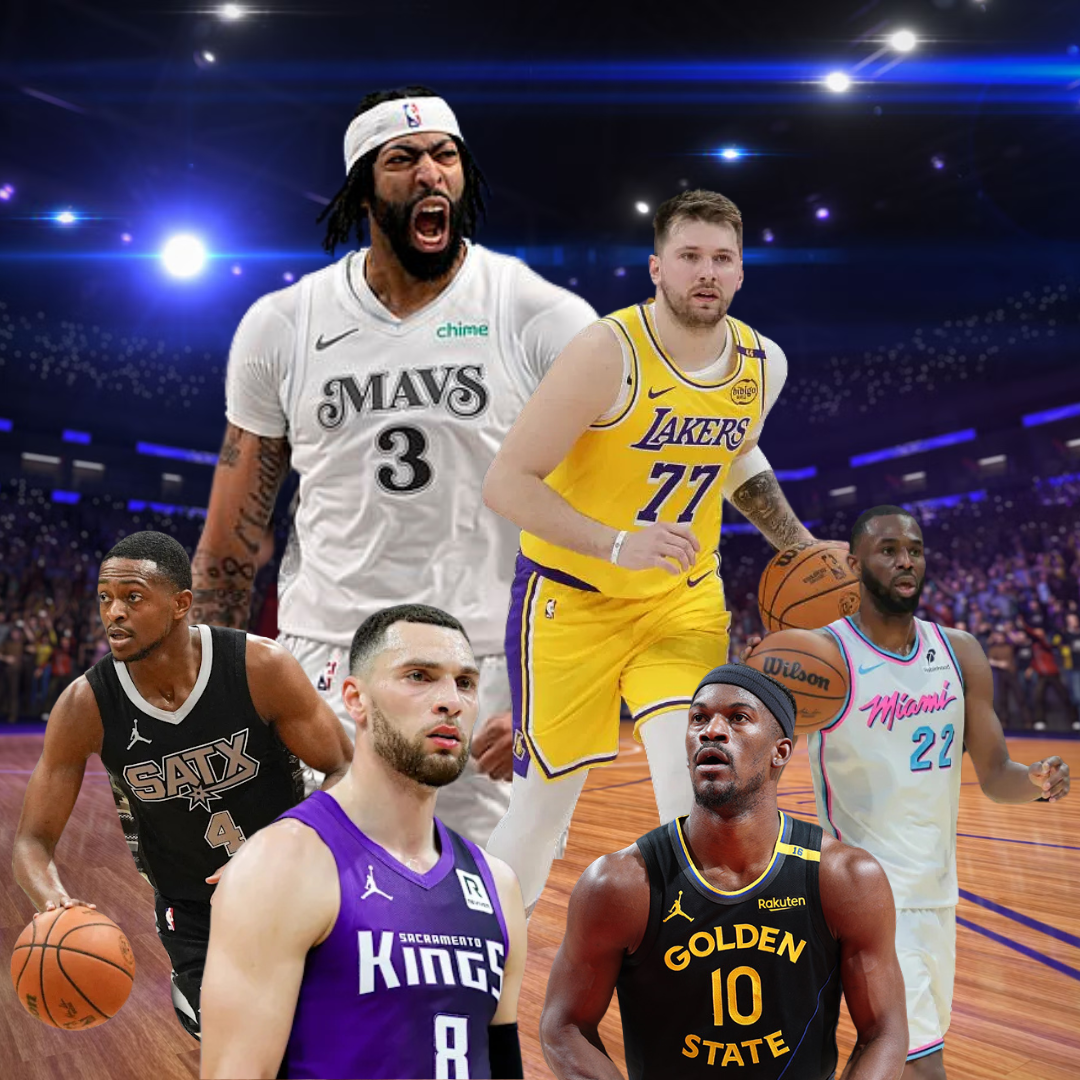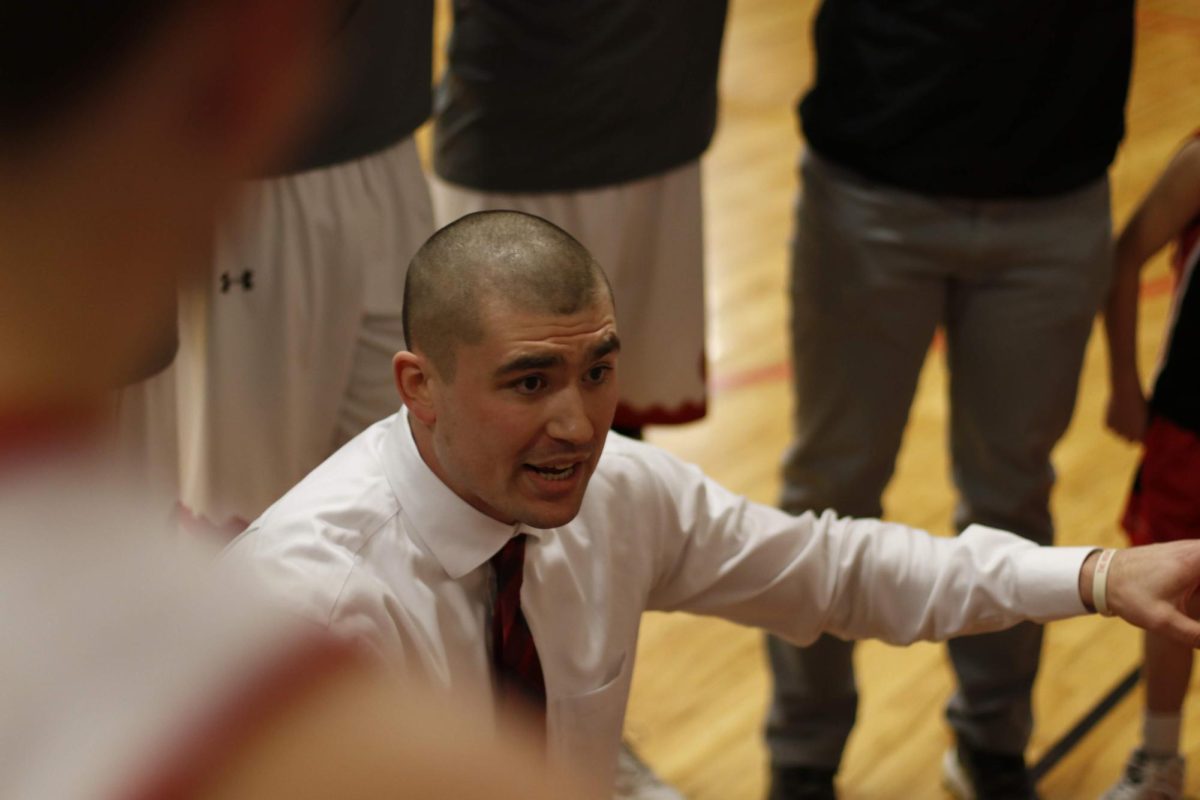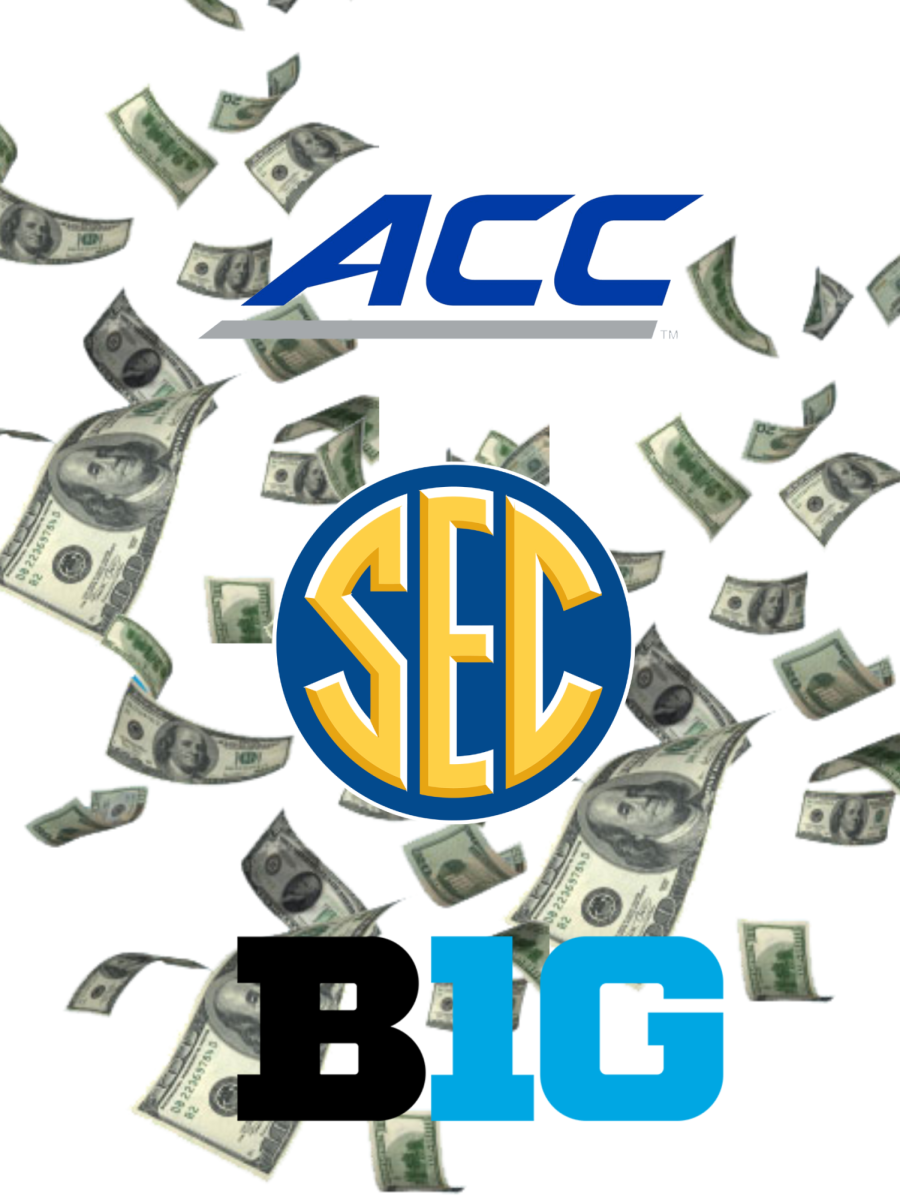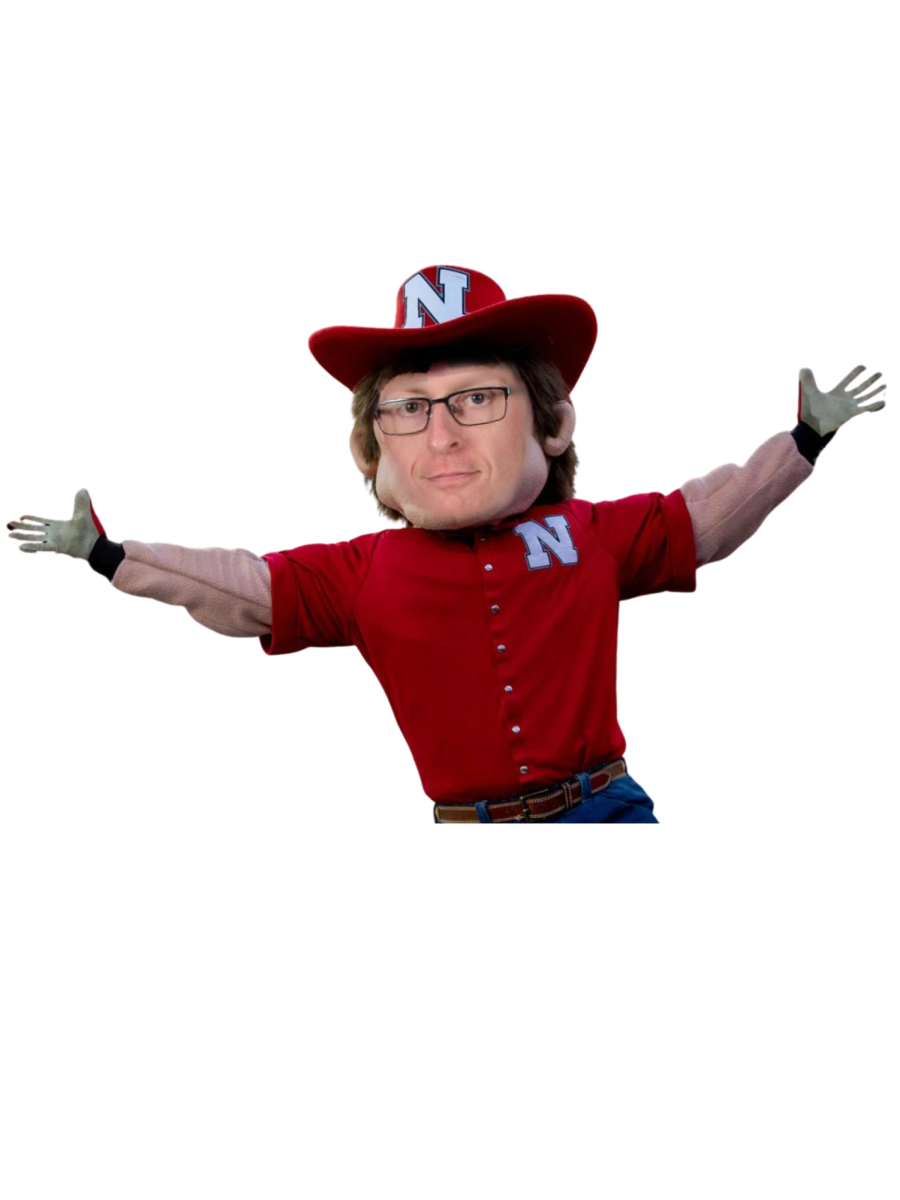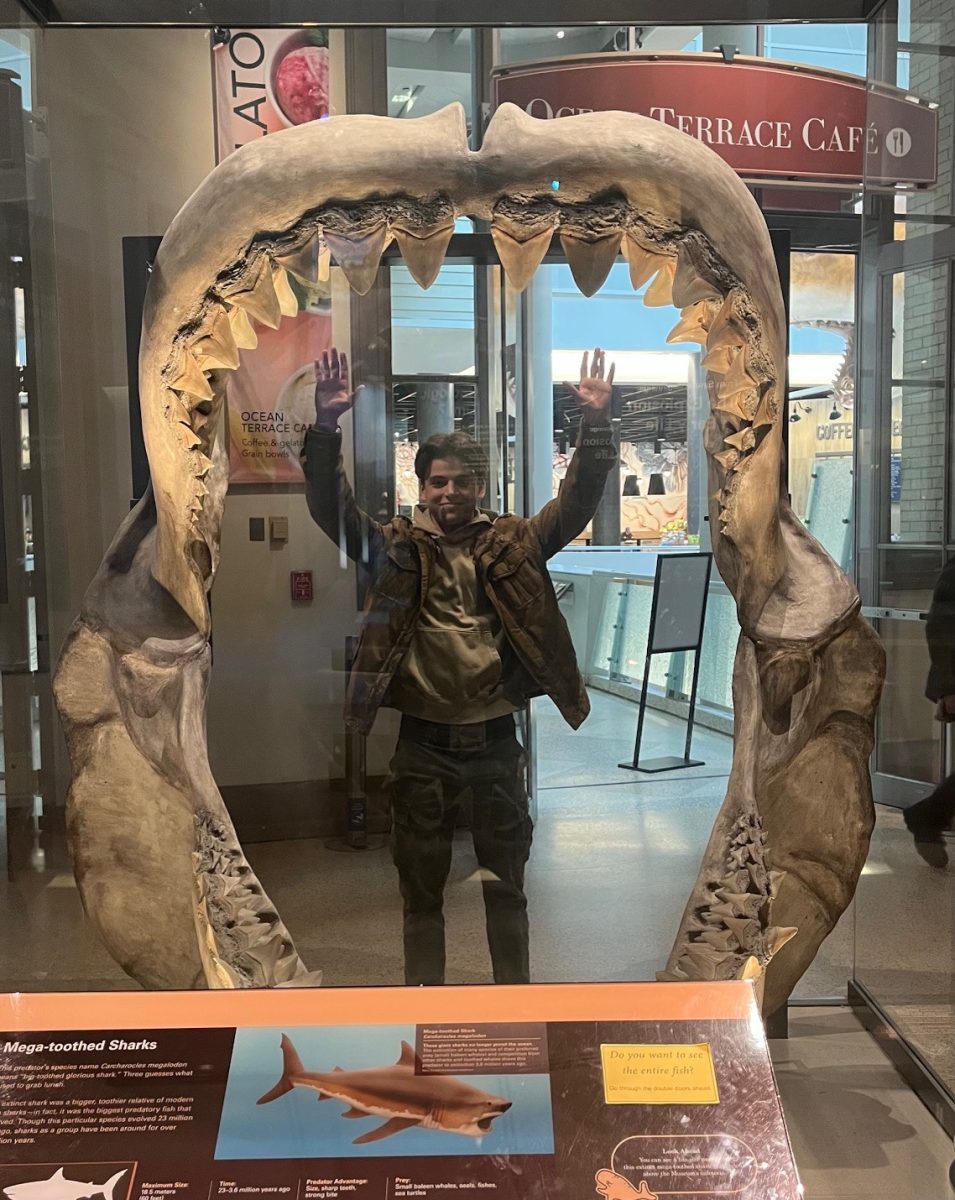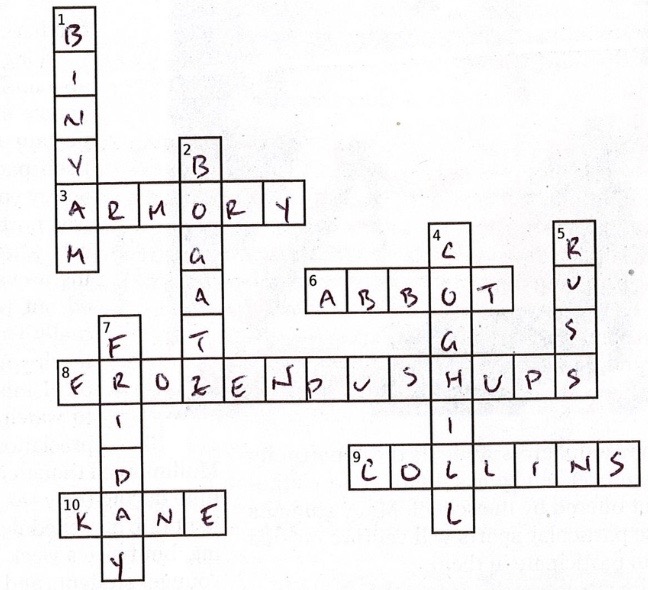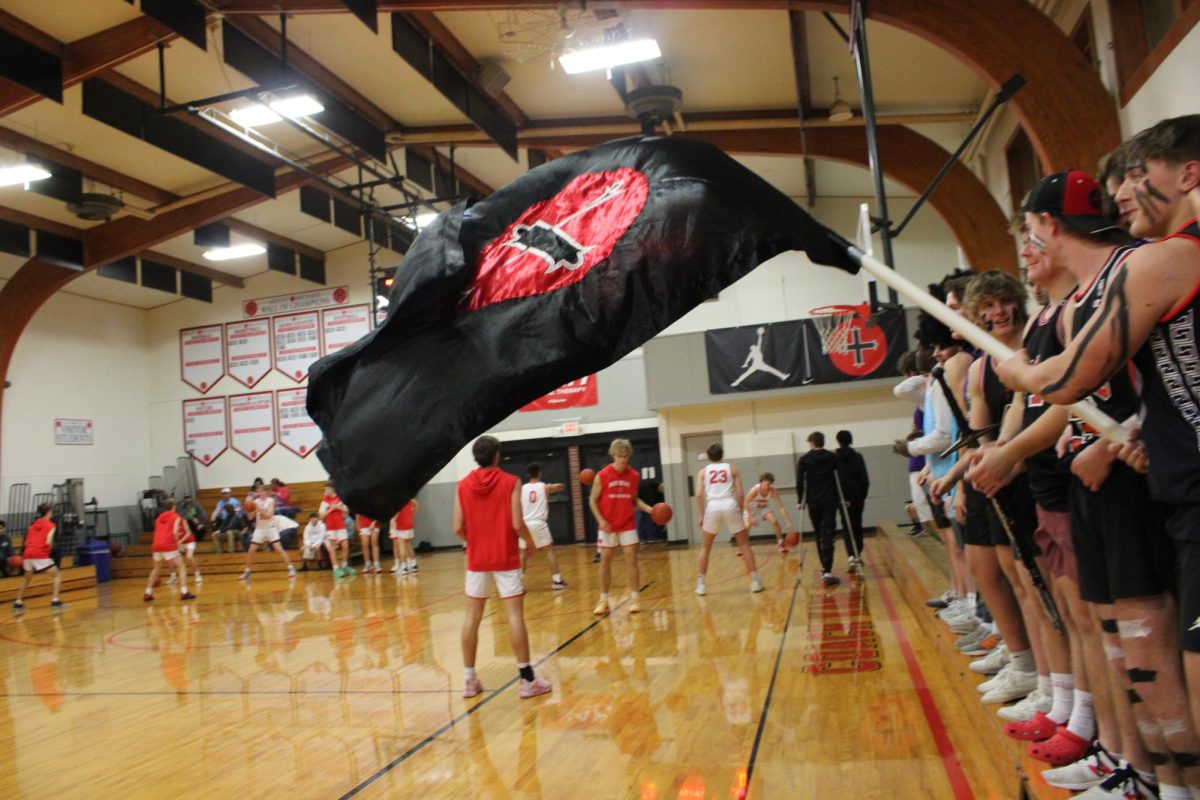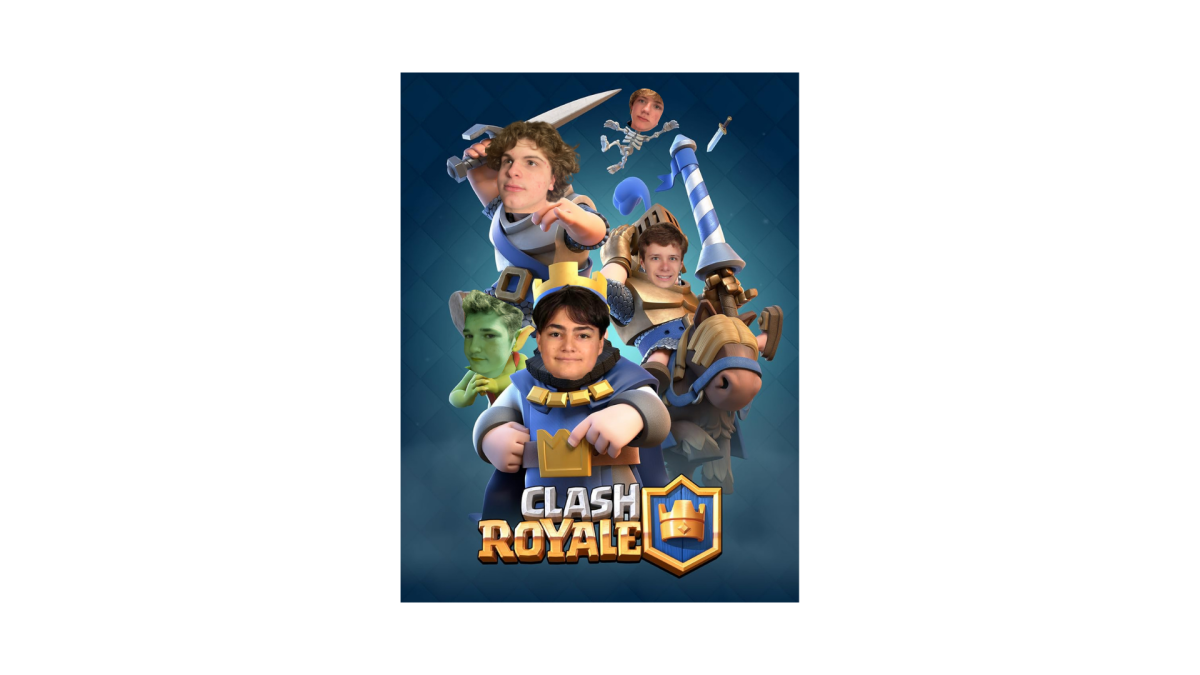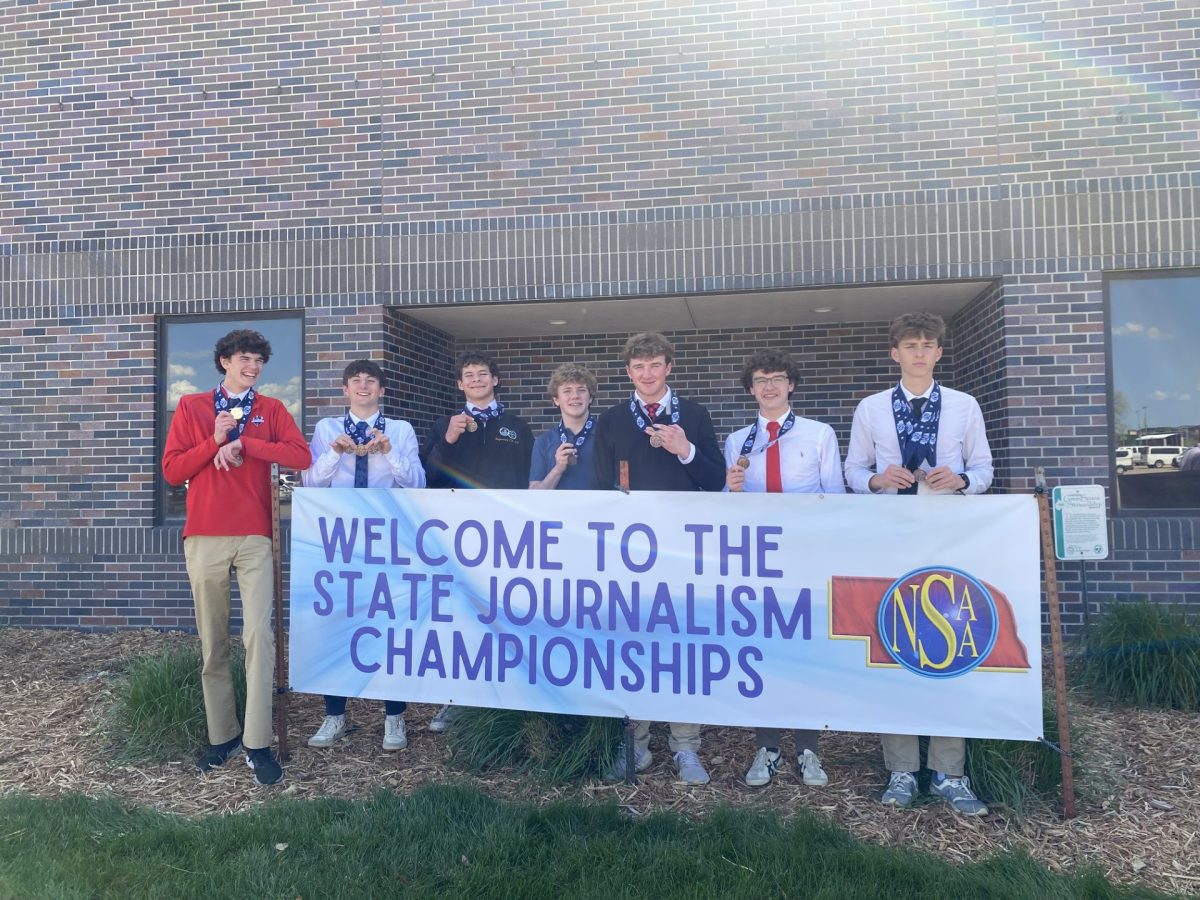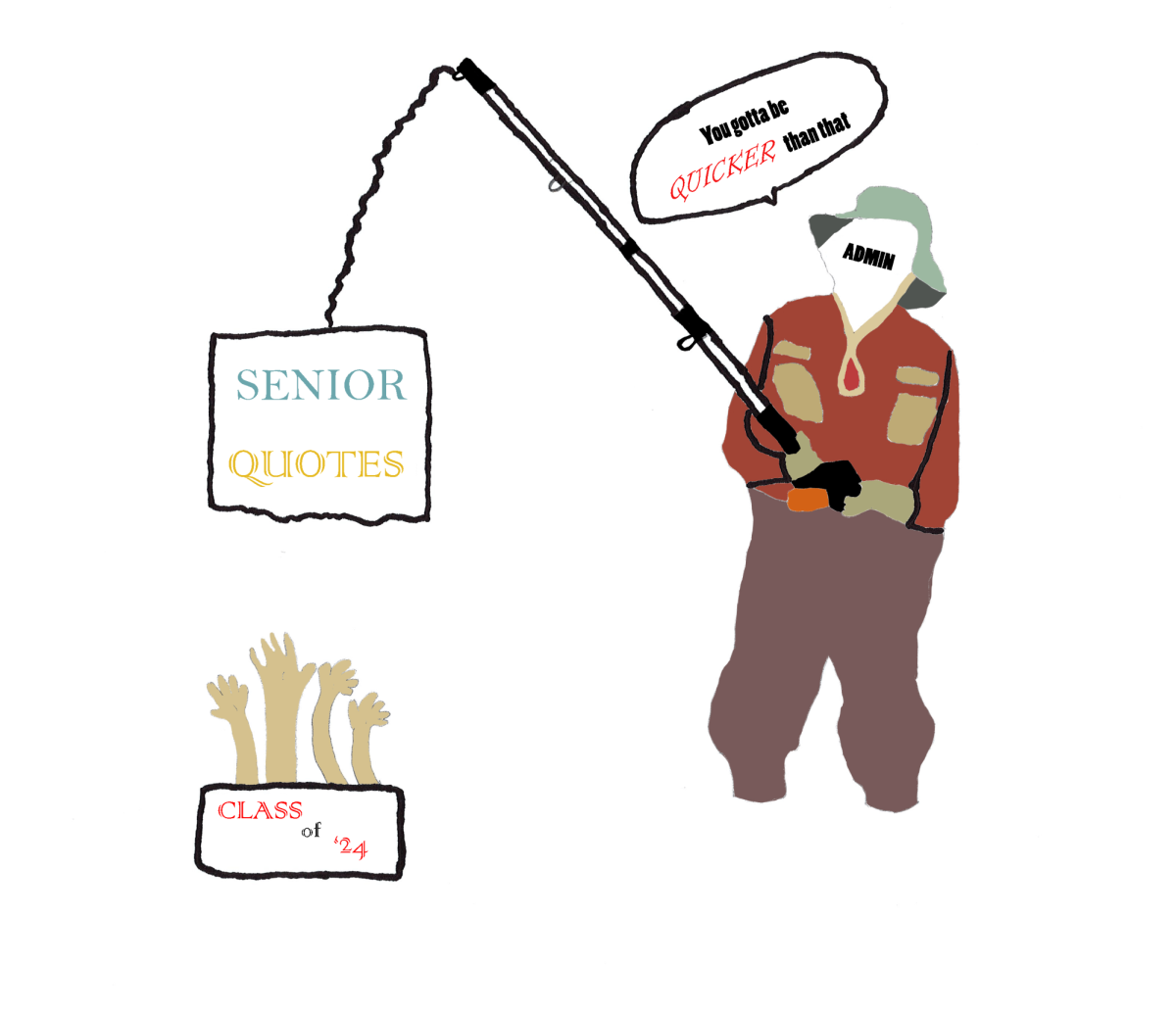In 2025, Name, Image, and Likeness (NIL) has truly become the “name of the game.” While some are quick to focus on its downsides and dismiss it entirely, NIL brings a host of positives that may well outweigh the negatives. For student-athletes, it provides financial support, incentives for education, and an overall enhancement of college sports.
When NIL deals were introduced, student-athletes suddenly found themselves in a position where they could earn money while still in college. However, making money is one thing—managing and investing it is another. According to StudentAthleteInsights.com, 74% of student-athletes expressed interest in learning about investment platforms and financial management. NIL has created a necessary push toward financial literacy, equipping athletes with skills that will serve them well beyond their athletic careers.
Former NFL player Brandon Copeland once reflected, “I had to make it to the [Baltimore] Ravens to know what a 401(k) was—that’s bad.” Through NIL, athletes now have the opportunity to educate themselves on budgeting, investing, and financial planning while they are still in school. This knowledge ensures that even if their athletic careers don’t pan out as planned, they are prepared for financial stability in the future.
For years, college athletes faced a tough decision: declare for the professional league early or complete their education. Many athletes value their education, but financial struggles often push them to leave school prematurely. With NIL, student-athletes no longer have to choose between staying in school and earning money. They can now generate income while still working toward their degree, which reduces the financial pressure that once forced them to turn pro before they were ready.
Additionally, if an athlete does choose to leave college early, NIL ensures they have already gained experience in handling finances. This advantage allows them to navigate professional sports with a stronger foundation and avoid the financial hazards that many young athletes have encountered in the past.
NIL has also opened doors for athletes beyond the traditional stars of football and basketball. Now, athletes in Olympic sports, women’s sports, and even niche markets can secure endorsement deals. Social media platforms allow athletes to build personal brands, and companies are eager to support those with strong followings and authentic engagement. This shift means that more student-athletes have opportunities to benefit from their hard work and dedication, regardless of their sport’s TV ratings.
Fans benefit from NIL, too. With student-athletes having financial security and fewer incentives to rush into professional leagues, college sports retain high-quality athletes for longer. This means stronger teams, better competition, and a more exciting product for the fans to enjoy. Instead of watching their favorite players leave too soon due to financial pressure or other reasons, supporters can see them develop throughout their college careers.
While the debate around NIL will continue, its positives are undeniable. It has provided student-athletes with financial opportunities, encouraged financial literacy, and will help keep talent in college longer. As NIL continues to evolve, its impact will only grow, proving that empowering student-athletes can be a win for everyone involved.

